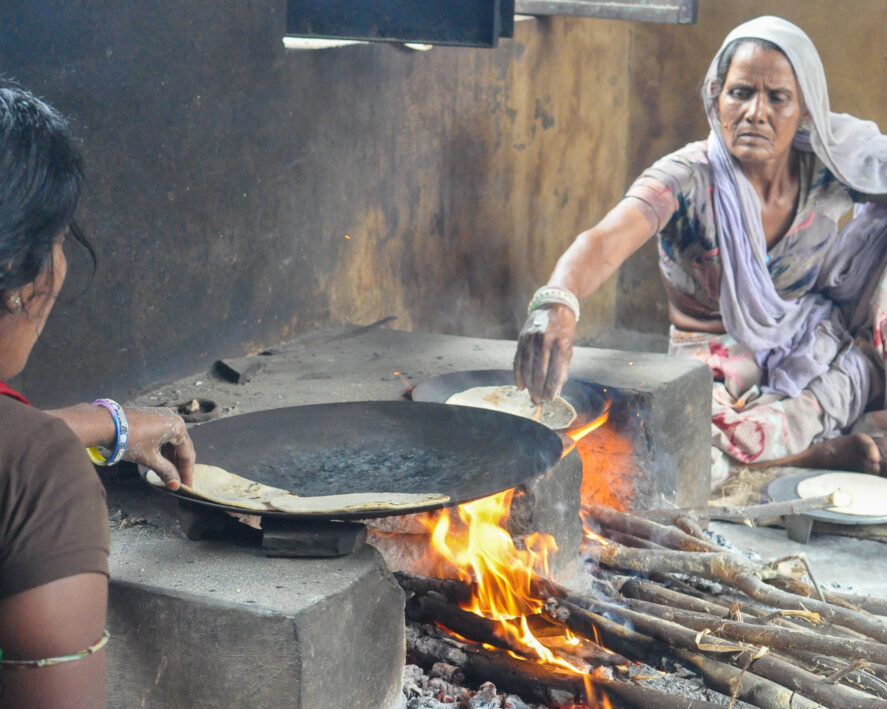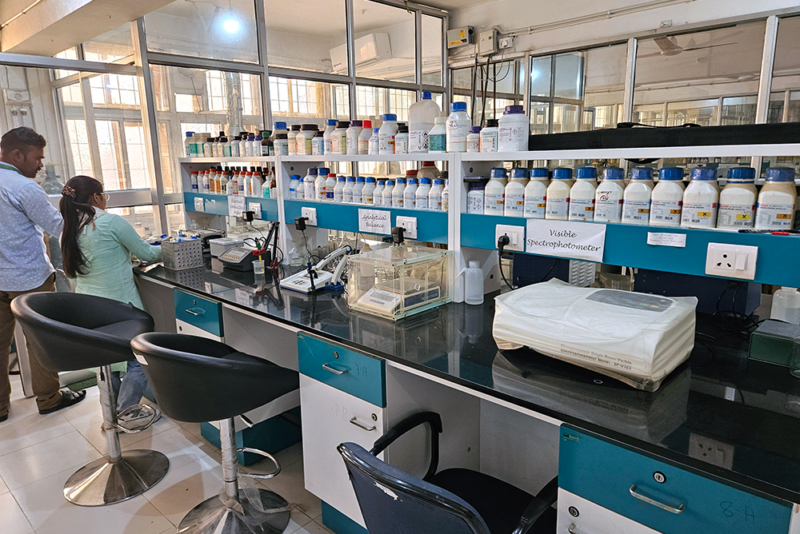Micronutrient Fortification in India: A Practical Path Forward

India’s food security has evolved impressively over the decades, yet a less visible form of malnutrition continues to afflict millions across the country. Often referred to as “hidden hunger,” micronutrient deficiency, though not immediately life-threatening, has serious long-term health and developmental consequences. Iron, vitamin B12, vitamin D, iodine, calcium and zinc are among the most commonly lacking nutrients in the Indian diet, particularly among vulnerable populations such as children, women of reproductive age and the elderly. Fortification of staple foods presents a practical, scalable solution to this public health challenge and merits urgent policy support and thoughtful implementation.
Addressing deficiencies
Iron deficiency is perhaps the most pervasive micronutrient gap in India. According to the Comprehensive National Nutrition Survey (2016-18), 32% of children aged 1–4 and over 30% of adolescent girls suffer from iron deficiency. This has profound implications for physical stamina, immune function and especially cognitive development. While dietary iron is available in plant-based foods, its bioavailability is significantly lower compared to heme iron found in animal sources, creating a major obstacle in a country where vegetarianism is widespread. Fortifying commonly consumed staples such as wheat flour, rice and salt has shown promise in addressing iron deficiency without necessitating dietary changes.
Vitamin B12 deficiency is another quiet but serious concern, particularly among vegetarians. The Indian diet, being predominantly plant-based, often lacks natural sources of this essential vitamin, which is almost exclusively found in animal products. Its deficiency can cause megaloblastic anemia and irreversible neurological damage. Vitamin B12 can be effectively added to cereals and dairy products. These fortified carriers are stable under typical processing conditions and cater especially well to the urban vegetarian demographic, making them suitable for broad-based intervention.
Despite abundant sunlight, vitamin D deficiency is also widespread in India. The root causes include indoor lifestyles, skin pigmentation, air pollution and clothing that limits sun exposure. Vitamin D is critical for bone health, calcium absorption, and immune function. Fortunately, this fat-soluble vitamin can be effectively added to edible oils and milk, both of which are widely consumed across social classes. Fortified oils, in particular, offer a culturally neutral and logistically feasible vehicle, with good absorption and shelf-stability. Ongoing efforts by the National Dairy Development Board to promote vitamin D-fortified milk are a step in the right direction.
Iodine, long associated with thyroid health, has been successfully added to salt in India for decades through the Universal Salt Iodization (USI) program. As per the National Family Health Survey-5 (2019-20), 94% of Indian households reported using iodized salt. Nonetheless, iodine deficiency disorders remain in pockets, particularly in remote and economically weaker areas. Continued emphasis on proper iodized salt storage and quality control remains necessary to preserve the gains made.
Calcium deficiency is another significant concern, especially among adolescents, pregnant women and the elderly. Low dairy intake and poor dietary diversity contribute to inadequate calcium consumption. Fortifying flour, juices and dairy with calcium carbonate or citrate is a scientifically viable solution. These forms are both stable and bioavailable, making them ideal for fortification without adversely affecting taste or food properties. Given India’s high burden of osteoporosis and stunted growth in children, prioritizing calcium fortification can yield long-term health dividends.
Zinc, though needed in minute quantities, plays an outsized role in immune function and child growth. The National Family Health Survey and other studies highlight zinc deficiency among young children and pregnant women. Fortification of staples such as wheat flour and rice with zinc oxide or zinc sulfate is both safe and stable. When combined with iron in a multi-micronutrient fortification approach, zinc fortification can be seamlessly integrated into public nutrition schemes like the Mid-Day Meal or Public Distribution System (PDS).
Advancing implementation
Despite the strong scientific and logistical case for food fortification, implementation challenges remain. Public awareness about the benefits of fortified foods is still low, leading to limited demand. Quality control and standardization also need to be rigorously enforced to ensure efficacy and safety. Moreover, affordability and cultural acceptability are key factors in the success of any large-scale fortification initiative. Fortified foods must not only be accessible to the poorest but also be palatable and compatible with regional diets.
Mandating all major salt manufacturers to add iron, mandating all major dairy producers to add vitamins D & B12, and standardizing nutritional fortification of PDS flour with iron, calcium, zinc, and vitamin B12 across all states are low-hanging fruits for India’s nutritional sufficiency efforts.
Looking ahead, the government should consider providing incentives for private sector participation and ensuring robust monitoring and evaluation mechanisms. Public-private partnerships can enhance distribution and innovation, while investments in research can refine delivery vehicles and improve fortification techniques.
Food fortification is not a silver bullet, but it is one of the most effective and practical tools we have to combat micronutrient deficiencies at scale. In the fortification of everyday staples with essential nutrients, India has a unique opportunity to quietly and efficiently transform its public health landscape, improving cognitive development, work productivity and overall well-being for millions.
Pitamber Kaushik is a writer, journalist, columnist, and consultant. His writings have appeared in over 400 publications across more than 80 nations. He has previously written for New Humanist, International Policy Digest, Austrian Economics Center, Rationalist Australia, The Hindu, The Telegraph, Euroscientist, Science Reporter and Mongabay, among other publications.
Featured image: Two women cook roti over an open fire. (Photo by Raghav Puri)





